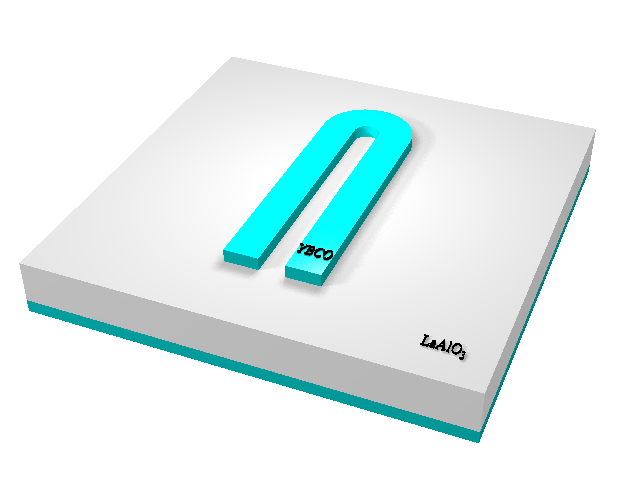


Superconducting resonators and filters in the microwave range are being made by thin film technology and used in base stations for wireless communication. One of the limiting factors of such devices are nonlinear effects, like harmonic generation and intermodulation distortion. In particular, intermodulation distortion is very harmful for these kinds of applications. In a collaboration with Superconductor Technologies Inc. (Santa Barbara, USA) we have established a theory for intermodulation in microwave resonators and filters [1,3]. Our theory allows to calculate the intermodulation power as a function of geometry of the device and the material parameters. This work turned out to be of great practical use, because it became possible to find means to reduce unwanted nonlinear effects. Our calculations gave very good fits of the experimental data on hairpin resonators (see picture) and allowed us to devise ways of reducing nonlinear effects by choosing the resonator geometry appropriately [2]. The predictions made by our theory have been confirmed by several experimental groups (see for example: J.C. Booth et al, J. Appl. Phys. 86, 1020 (1999), G. Benz et al, Physica C 356, 122 (2001), and D.E. Oates et al, Phys. Rev. Lett. 93, 197001 (2004)).